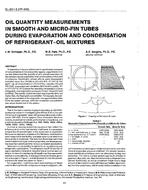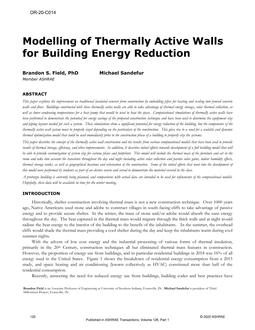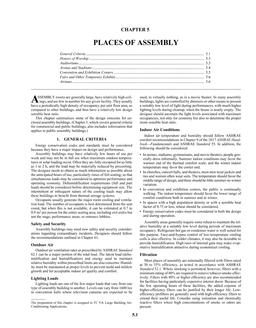Progressive reductions in engine size in modern automobiles have motivated interest in the development of more efficient passenger-compartment heating systems to ensure passenger thermal comfort even in severe winter conditions. The design and development of improved heating systems are facilitated by an understanding of human thermoregulatory processes. Presents a mathematical model of thermal interactions between an automobile passenger and the interior environment of an automobile. The model, which enables prediction of the thermal sensation of the passenger, has been tested against subjective evaluations of jurors in a simulated winter driving environment. The good agreement between model predictions and jury data suggests that such a model can be a useful predictive tool in the design of a passenger thermal comfort system.
KEYWORDS: thermal comfort, motor cars, winter, heating, occupiers, calculating, testing, comparing, designing
Citation: ASHRAE Transactions, vol.97, Pt. 1, New York 1991
Product Details
- Published:
- 1991
- Number of Pages:
- 11
- File Size:
- 1 file , 1.3 MB
- Product Code(s):
- D-18260


